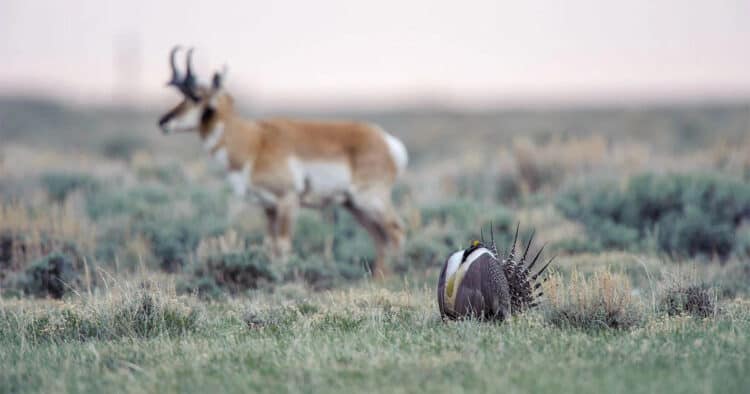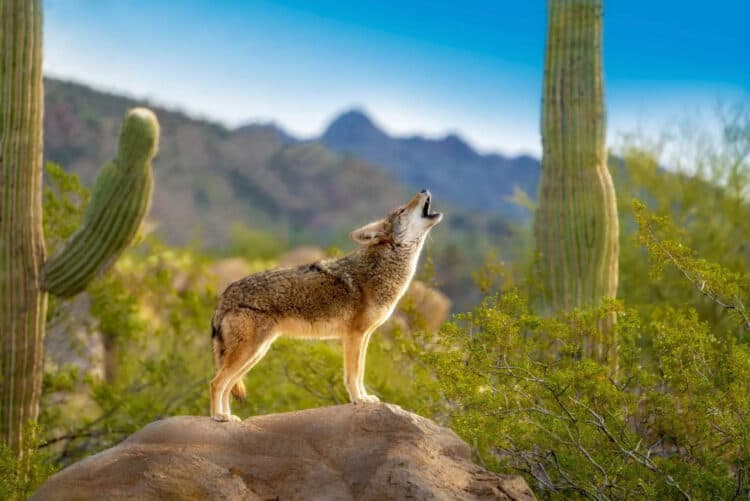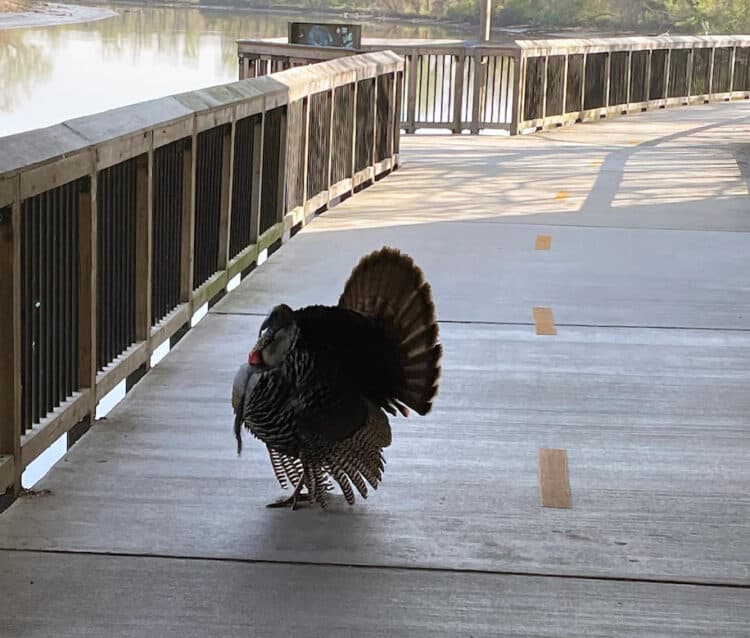The western snowy plover (Charadrius alexandrinus nivosusi) is a small federally threatened shorebird approximately the size of a sparrow. During the breeding season, MARCH through SEPTEMBER, plovers can be seen nesting along the shores, peninsulas, offshore islands, bays, estuaries, and rivers of the United States’ Pacific Coast.

This past summer, I was afforded the opportunity to accompany an avian ecologist with Point Blue Conservation Science, as he banded newly hatched western snowy plovers on mud flats in Moss Landing, California. These mudflats lie next to Elkhorn Slough National Estuarine Research Reserve, but are the property of California Fish and Wildlife. In doing so, I learned about the challenges these birds are facing to their survival and what is needed in order to protect them.
Plover nests consist of a shallow scrape or depression and usually contain three tiny eggs, which are camouflaged to look like sand and barely visible to even the most well-trained trained eye. Plovers will use almost anything they can find on the beach to make their nests, including kelp, driftwood, shells, rocks, and even human footprints. Both sexes incubate the eggs, with the female tending to incubate during the day and the male at night.

The first chick hatched remains in or near the nest until other eggs (or at least the second egg) hatch. The adult plover, while incubating the eggs, also broods the first chick. The nonincubating adult may also brood the first-born chick a short distance from the nest. If the third egg of a clutch is 24 to 48 hours behind the others in hatching, it may be deserted.
The process of banding the tiny chicks which are only about 1″ in length requires very steady, skillful hands. Four color coded bands are carefully put around their legs. Each combination of colors is unique to the bird, but sometimes these are recycled if the previous wearer is considered dead. These are then heat sealed followed by additional tape in matching colors for added strength and color fastness. Plover legs don’t grow appreciatively in diameter, so adult bands can be put on the chicks. These bands can last the life of the bird which can be up to ten years.

Here is a short video clip showing the speed and skill required to band the chicks. The goal is to return the chick to the nest as quickly as possible, so the parent will not abandon the nest making it succeptible to predators.
Adults use distraction displays to lure predators and people away from chicks. Adult plovers signal the chicks to crouch, with calls, as another way to protect them. They may lead chicks, especially larger ones, away from predators. Most chick mortality occurs within 6 days after hatching. Females generally desert mates and broods by the sixth day after hatching and thereafter the chicks are typically accompanied only by the male. While males rear broods, females obtain new mates and initiate new nests.Snowy plover chicks are precocial, leaving the nest within hours after hatching to search for food. They are not able to fly for approximately 4 weeks after hatching; fledging requires 28 to 33 days. Broods rarely remain in the nesting area until fledging. Plover broods may travel along the beach as far as 6.4 kilometers (4 miles) from their natal area. Adult plovers do not feed their chicks, but lead them to suitable feeding areas.

Snowy plovers are primarily visual foragers, using the run-stop-peck method of feeding. They forage on invertebrates in the wet sand and amongst surf-cast kelp within the intertidal zone, in dry, sandy areas above the high tide, on salt pans and along the edges of salt marshes, salt ponds, and lagoons.
Snowy plovers have natural predators such as falcons, owls, raccoons, and coyotes. There are also predators that humans have introduced or whose populations they have helped to increase, including crows and ravens, red fox, and domestic dogs. Humans can be thought of as predators too, because people drive vehicles, ride bikes, fly kites, and bring their dogs to beaches where the western snowy plover lives and breeds. All of these activities can frighten or harm plovers during their breeding season.

Energy is very important to this small bird. Every time humans, dogs, or other predators cause the birds to take flight or run away, they lose precious energy that is needed to maintain their nests. Adult plovers will frequently attempt to lure people and predators from hatching eggs with alarm calls and distraction displays. More frequently however, when a plover parent is disturbed, it will abandon its nest, which increases the chance of a predator finding the eggs, sand blowing over and covering the nest, or the eggs getting cold. This can decrease the number of chicks that hatch in a particular year. Even a kite flying overhead looks like a predator to a plover and if flown over a nesting area, can keep an adult off the nest for long periods of time.

There are many key things WE can do to help save the western snowy plover! Allowing these small birds to remain in their breeding area, undisturbed, throughout the breeding season is most important. There is plenty of space for people to recreate on beaches AND leave room for plovers to nest too. The idea is to “Share the Shore.” This means having fun while protecting our natural environment at the same time. Simply paying attention to signage and NOT going beyond roped off areas on pacific coast beaches can make a big difference in their survival. Plovers can be very difficult to spot as they nestle in small indentations in the sand. It is very easy to “stumble” upon them without realizing they are right at your feet.

We are privileged to be able to be stewards of the beach, its habitat, and its occupants, including the western snowy plover. Let’s protect our beaches and the plants and animals that use them. Social media has become an amazing way to get the word out about important issues, so please share this story with your friends and family. When a species goes extinct, it is gone forever!
Jacqueline Deely
Jacqueline Deely is an award winning wildlife photographer, naturalist and instructor based in Monterey, California. She uses her work to showcase the beauty of the natural world and draw attention to conservation issues. Combining her lifelong passion for wildlife and the outdoors with her love of exploring, Jacqueline is driven to roam the globe in pursuit of nature's wonders. She particularly enjoys traveling to the polar regions on an annual basis as a lecturer and instructor on expedition tours.






Leave a Reply